The 4,000-Year-Old Abandoned Mud-Brick Town of Kharanaq, Iran: A Photographic Look
شهر 4000 ساله خشتی رها شده: خرانق- ایران: نگاهی عکاسانه
13 AUGUST, 2015
http://www.ancient-origins.net/ancient-places-asia/4000-year-old-abandoned-mud-brick-town-kharanaq-iran-photographic-look-003591
Sitting in a remote valley about 70km (43 miles) north of Yazd in Central Iran, is the deserted and crumbling mud-brick village of Kharanaq. The site has been occupied for approximately 4,000 years, while the dilapidated adobe buildings that draw foreigners from around the world date back around 1,000 years. The abandoned town is a photographer’s dream with a labyrinth of streets, tunnels, passageways, and rooms, as well as more impressive buildings such as a tiny mosque, a shaking minaret, and an old caravanserai that welcomed merchants and pilgrims centuries ago.
Kharanaq, which means ‘place of birth of the sun’, is divided into two parts – the Old Town, which is almost completely deserted, and the New Town, where some 130 families continue to live.
The Old Town was constructed with sun-baked mud bricks, forming one of the largest collections of adobe buildings in Iran. It was once a prosperous farming village, but when water supplies dried up the inhabitants left, leaving the town to turn to ruins.
- Nowruz - The Persian New Year and The Spring Equinox
- The ancient city of Susa in Iran is a worldwide treasure
- Griffin artefact returned to Iran from US is a fake
In recent years, a New Town was constructed within 2km (1.4 miles) of the ancient town with government-supplied water and electricity. Apart from a few elderly people who refused to leave their old houses and continue to live among the ruins, the rest of the Old Town’s inhabitants moved to the New Town.
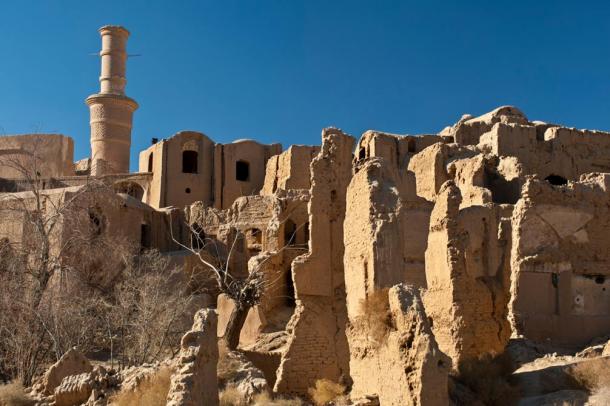
Kharanaq Old Town ( Wikimedia Commons )
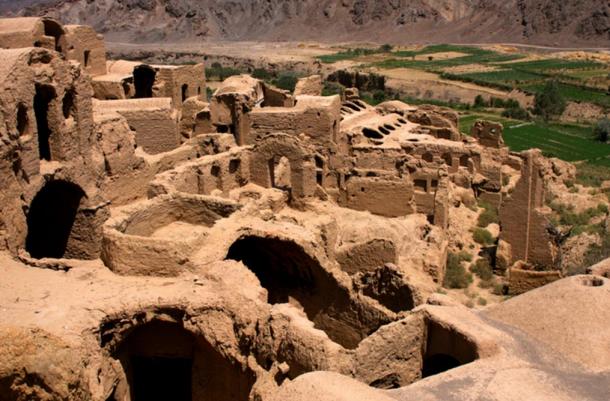
The collapsing mudbrick houses of Kharanaq, Iran. ( Johannes Zielcke / Flickr )
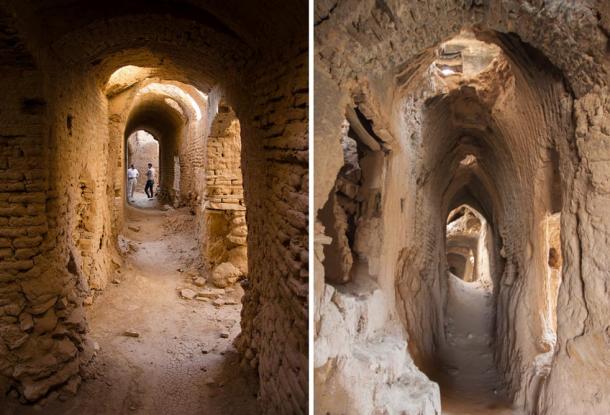
The Old Town is a labyrinth of streets, tunnels and passageways. Left: Matt Werner / Flickr . Right: Jurriaan Persyn / Flickr .

A panoramic view of Panorama of Kharanaq Old Town, Iran. ( Ben and Asho / Flickr )
Important monuments in Kharanaq
While most of the Old Town of Kharanaq consists of crumbling homes and collapsing roofs, there still remain a number of historically important and well-preserved monuments.
A Qajar era mosque has been fully restored and stands with a 15-meter-high minaret, known as the Shaking Minaret of Kharanaq. The 17 th century minaret has three floors and a spiral staircase winding its way up inside. The minaret is frequently seen shaking and vibrating. The cause of this phenomenon remains unknown.
Another blue-domed mosque stands out against the earthen colors of the surrounding town and landscape.
- The Ancient Site of Takht-e Soleyman: Iran’s Throne of King Solomon
- Strange Ritualistic Burials Discovery in 5,200-Year-Old Burnt City of Iran
- The Longest Poem Ever Written: Shahnameh – The Epic Book of Kings
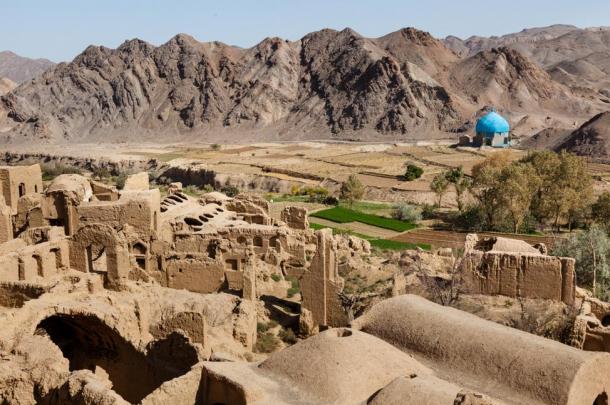
A blue-domed mosque stands out against the earthen colors of the surrounding landscape. (Erwin Bolwidt / Flickr )
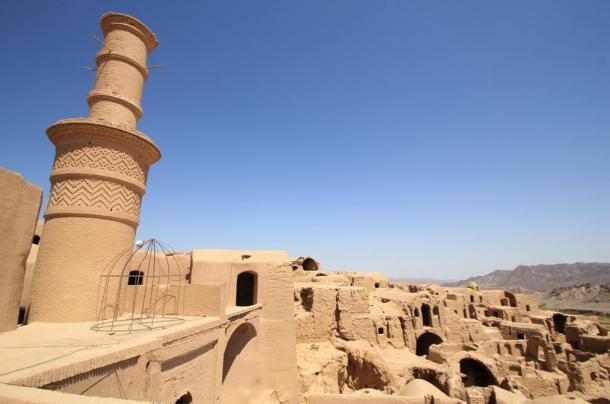
The Shaking Minaret of Kharanaq. ( Reibai / Flickr )
A well-preserved caravanserai – a place where merchant caravans are halted – from the time of the Qajar Dynasty sits on the edge of Kharanaq. The caravanserai is fortified with stables for pack animals, storage areas, and rooms for travelers passing through.
Other highlights include an old castle linked to the historical periods of Islam, ancient aqueducts built to irrigate the surrounding fields, and an ancient but still functional bridge.
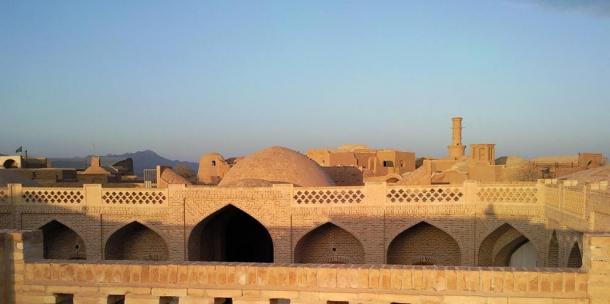
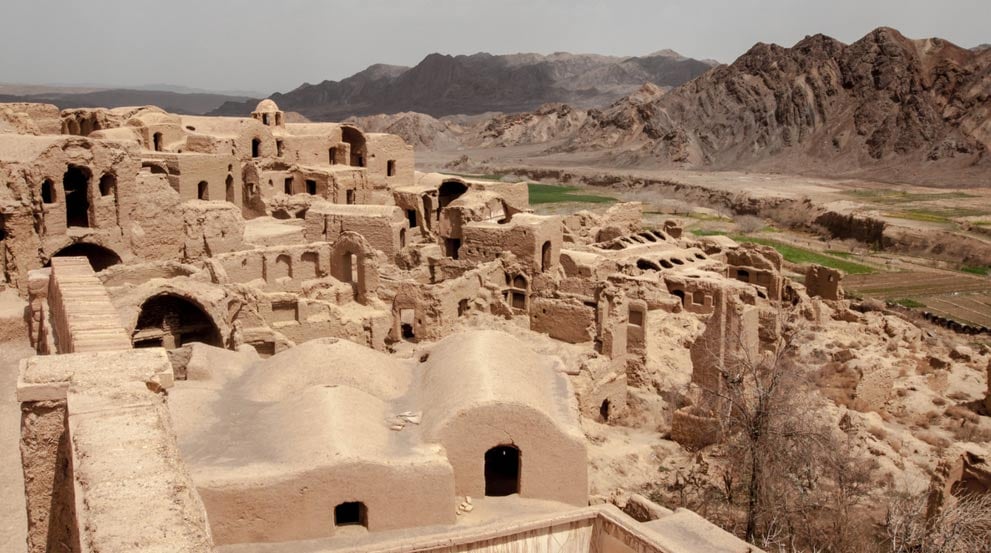
No comments:
Post a Comment